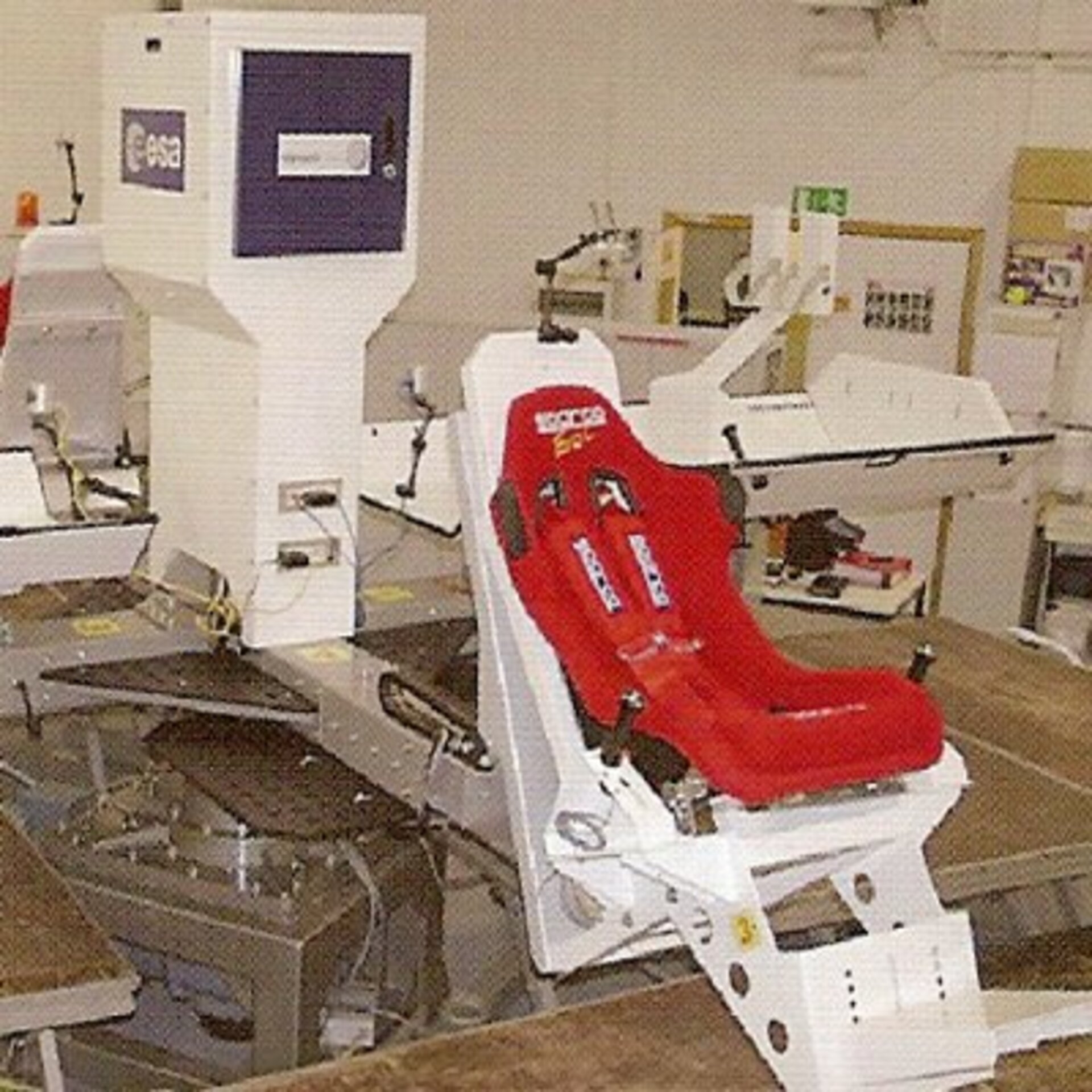The cardiovascular and cardiopulmonary systems
Standing upright and hydrostatic pressure gradients
While standing upright on the ground, hydrostatic pressure gradients (which are due to the action of gravity on fluids) act on the cardiovascular system to pool blood in the legs. This effect results in a series of reflexive bodily responses and compensating mechanisms regulated by the Autonomic Nervous System.
Under weightlessness the absence of hydrostatic pressure gradient results in a shift of fluids (blood and interstitial tissue fluids) in the direction of the upper part of the body. This has been known since the beginning of the conquest of space as the "puffy face and chicken legs" syndrome.
Fluid shifts and adaptation to weightlessness
These fluid shifts are the precursor of several other physiological changes and adaptation processes. The initial course of events following this headward fluid shift is believed to be as follows: the increased blood flow to the heart leads to an increased volume of blood ejected by the heart; this in-turn triggers the baroreceptors (arterial pressure receptors situated in the aorta and carotid arteries), which in turn activate the control centres of heart rate and blood volemia, decreasing both to maintain the circulatory homeostasis.
Adaptation and orthostatic intolerance
This adaptation results in remodelling of cardiovascular and cardiopulmonary reflexes and is believed to result in orthostatic intolerance (the inability to sustain the standing posture for a long period of time) that is experienced by the astronauts upon their return to earth. From 20% of astronauts, for short-duration (< 15 days), and up to 80%, for long-duration, are experiencing orthostatic intolerance, which can eventually lead to fainting. This is a major problem for the security of astronauts after a prolonged stay in weightlessness and could be a threat to the success of a human mission to Mars. Orthostatic intolerance also affects an important part of the population (bedridden patients, elderly, young women,…) and is one of the least understood of the autonomic disorders.
Research & Development
Research on the cardiovascular and cardiopulmonary systems focuses on the understanding of the physiological processes at stake (CARDIOCOG, CARDIOCOG-2) to find eventually preventive countermeasures (artificial gravity and exercise devices or medication…) and also to improve rehabilitation procedures. For example the use of exposure to artificial gravity (SAHC link to pdf) or lower body negative pressure has been investigated in-flight or on the ground during bed-rest studies The monitoring of the cardiovascular status of astronauts also requires the design of appropriate research, diagnostic and monitoring systems (EPM, CARDIOLAB) that can be tele-operated (echography-link) or that include smart technology so that they can be operated by non-specialized personnel.
Methods for tele-monitoring of the health status of astronauts in space, and the field of tele-diagnosis, has many synergies with that of health-monitoring of people on earth e.g. with critical jobs, such as pilots and air-traffic controllers, nuclear facilities operators, fire-fighters, or those chronically ill or the aged allowing them to be cared for at home. Solutions for space thus may also serve as solutions for Earth.
Health related topics: orthostatic intolerance, vertigo, bedridden patients, autonomic disorders, cardiovascular deconditioning, arrhythmia.


